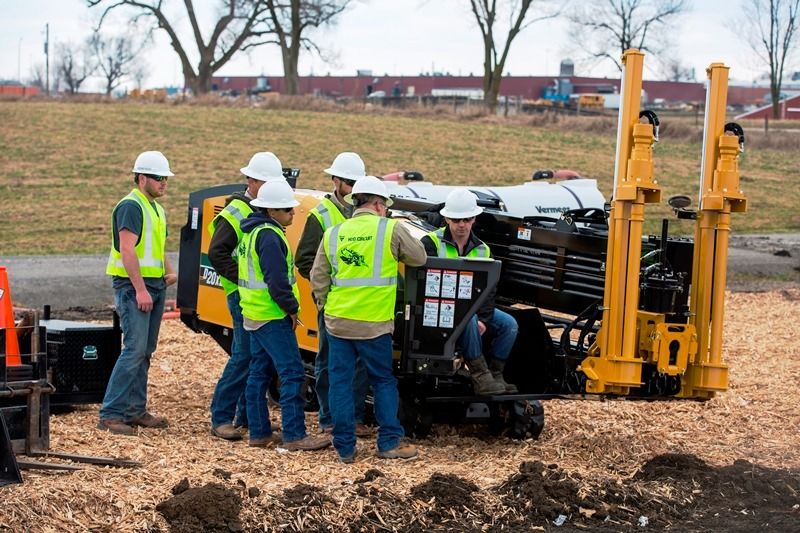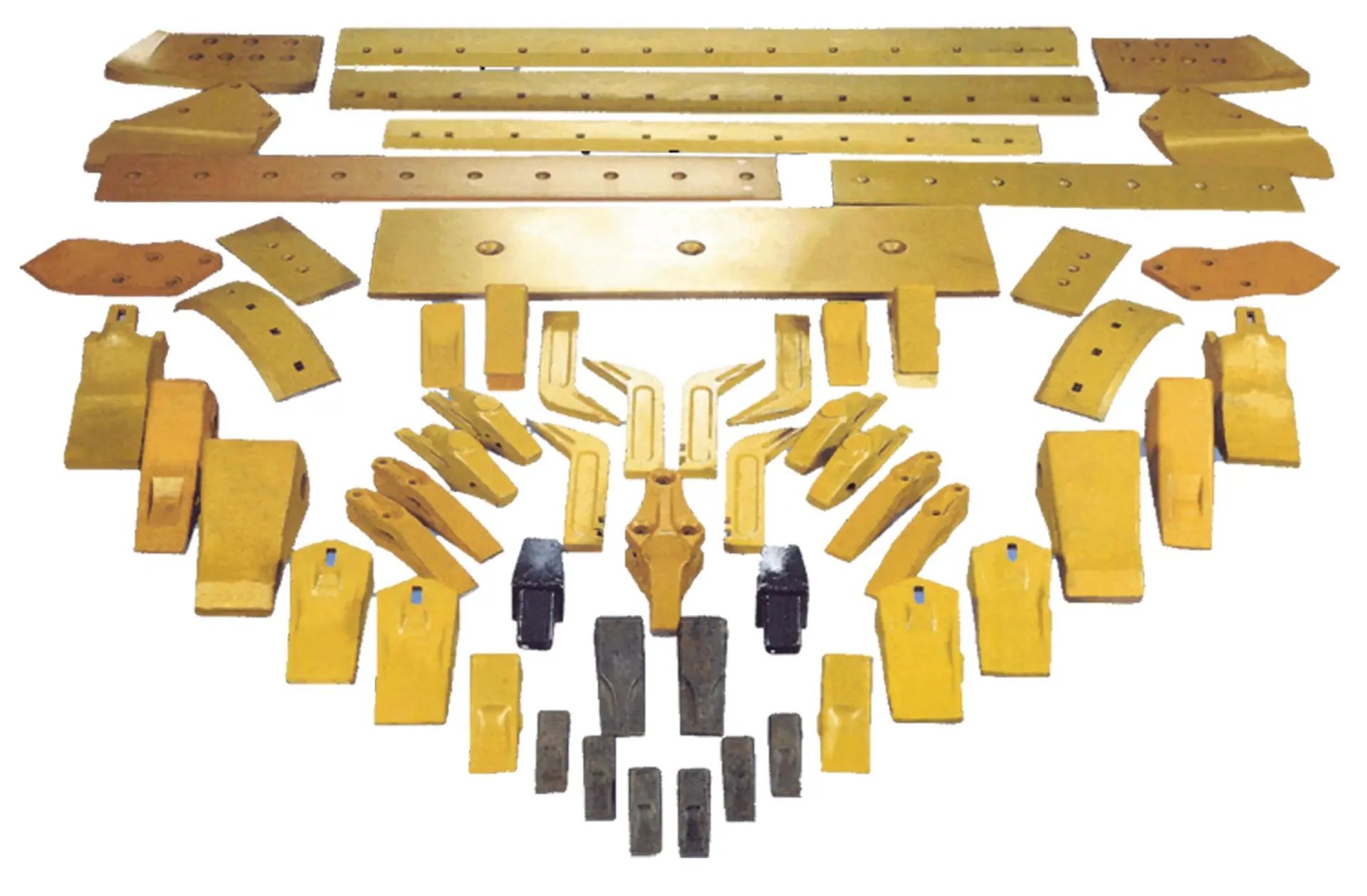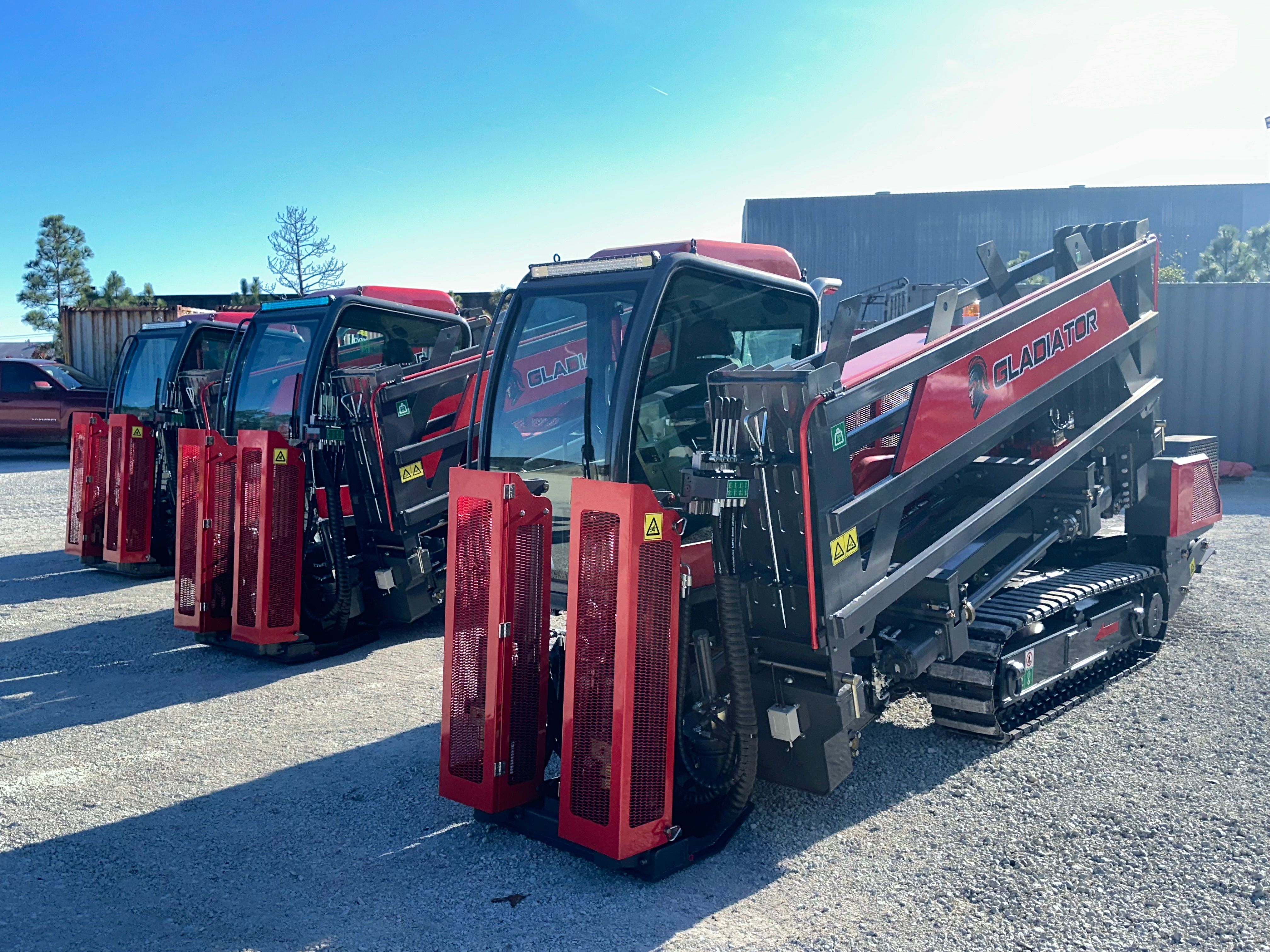When it comes to underground utility installation—whether it’s for water, gas, electric, or telecommunications—choosing the right excavation method is critical. Two of the most common techniques are Horizontal Directional Drilling (HDD) and Traditional Trenching. While both serve the same ultimate purpose—laying pipes or cables underground—their approach, impact, cost, and suitability differ significantly.
This article offers a side-by-side comparison to help engineers, contractors, and developers make informed decisions based on project requirments.
What is HDD (Horizontal Directional Drilling)?
Horizontal Directional Drilling (HDD) is a trenchless technique where a drill rig bores a curved path underground, allowing for the installation of utilities without disturbing the surface. It's ideal for complex installations like roadways, rivers, or urban environments where excavation is either impossible or too disruptive.
Key Characteristics
- Minimal surface disruption
- Excellent for long-distance boring
- Precision control using locating technology
- Used in environmentally sensitive or congested areas
What is Traditional Trenching?
Traditional trenching involves excavating a continuous trench along the entire installation path to lay pipes or cables. It's the most straightforward and time-tested method, especially in open or undeveloped areas.
Key Characteristics
- Requires full excavation of the surface
- Easier to perform and more cost-effective initially
- More surface restoration required afterward
- Ideal for short-distance and rural applications
HDD vs. Trenching: Feature-by-Feature Comparison
| Feature | HDD | Traditional Trenching |
|---|---|---|
| Surface Disruption | Minimal | High |
| Environmental Impact | Low | Moderate to High |
| Urban Suitability | Excellent (non-invasive) | Poor (high disruption) |
| Installation Speed | Fast (in favorable conditions) | Slower due to excavation/restoration |
| Initial Cost | Higher upfront | Lower upfront |
| Restoration Cost | Low | High |
| Length Efficiency | Ideal for long distances | Better for short runs |
| Safety | Safer (less open exposure) | Riskier (open trenches) |
| Accuracy | High (steerable drills) | Medium |
Cost Considerations
While HDD often involves higher upfront costs due to specialized equipment and trained personnel, the overall cost may be lower in urban or sensitive environments due to minimal restoration and faster installation.
Trenching is more affordable at the start but can become costly with surface restoration, traffic rerouting, and environmental rehabilitation.
Environmental & Safety Factors
HDD
- Reduces landscape disruption
- Safer for workers and nearby infrastructure
- Produces less waste and debris
Trenching
- Greater ecological and surface disturbance
- Exposes utilities and creates open hazards
- Generates more waste, especially in rocky areas
When to Choose Which?
| Project Type | Recommended Method |
|---|---|
| Under highways, rivers, or cities | HDD |
| Open fields or undeveloped land | Trenching |
| Environmentally protected zones | HDD |
| Shallow, simple pipe installations | Trenching |
Conclusion
Choosing between HDD and traditional trenching depends on project scope, location, budget, and environmental sensitivity. HDD offers high-precision and minimal-disruption solutions for modern infrastructure demands, while traditional trenching remains a solid choice for simpler or rural jobs.
For expert advice or machinery needs, contact Wolf Machinery Supply—your trusted source for directional drilling and excavation equipment.




